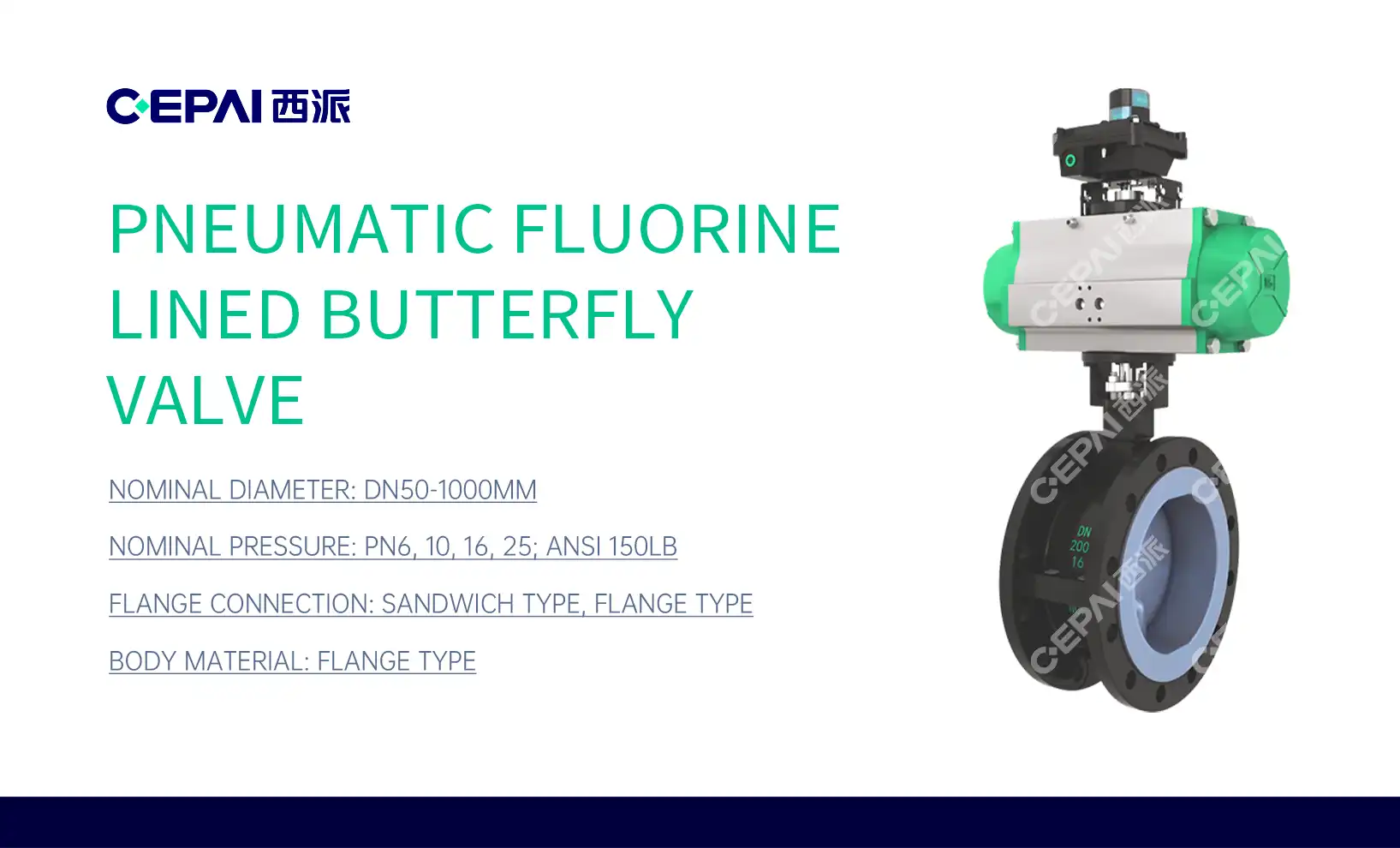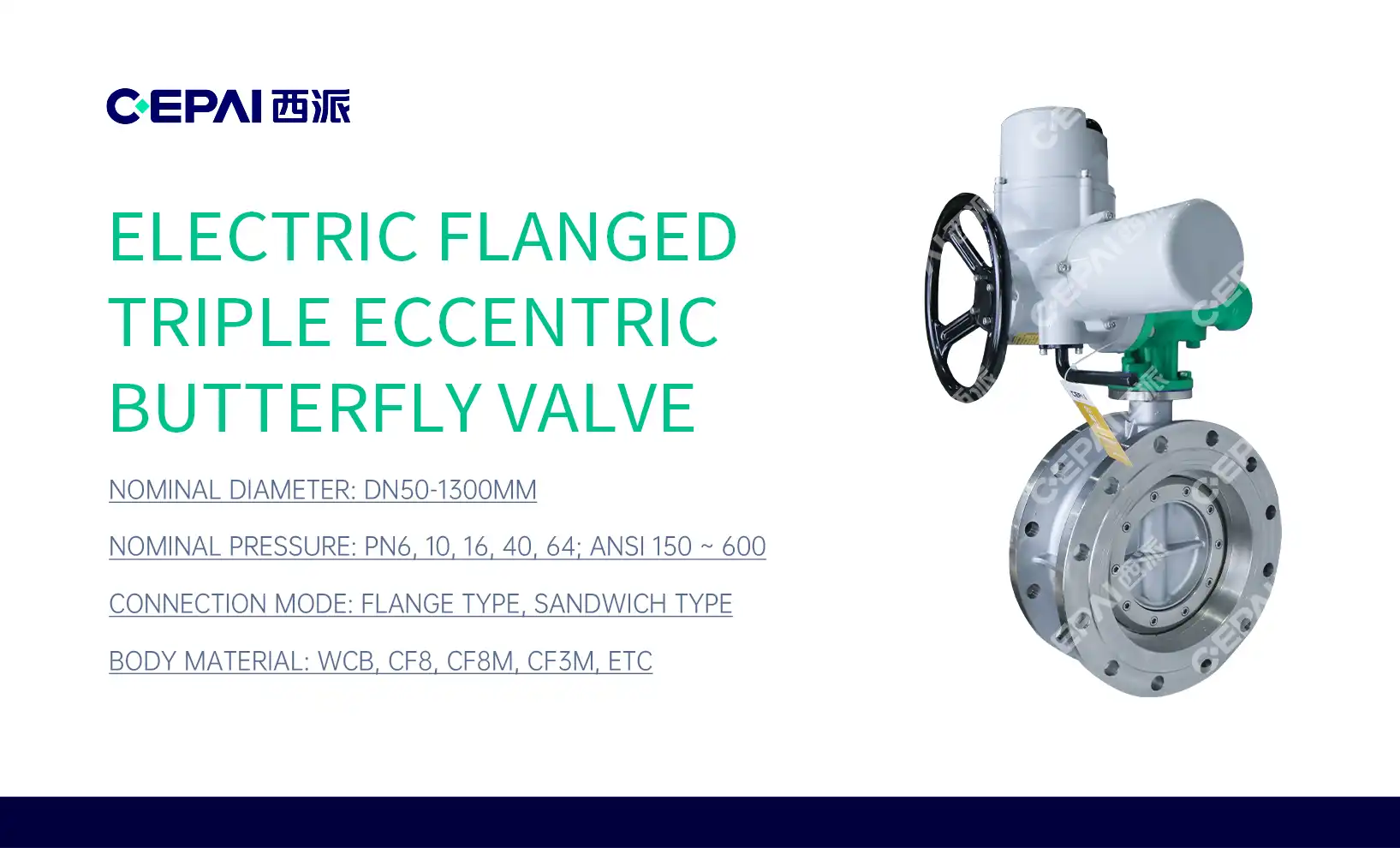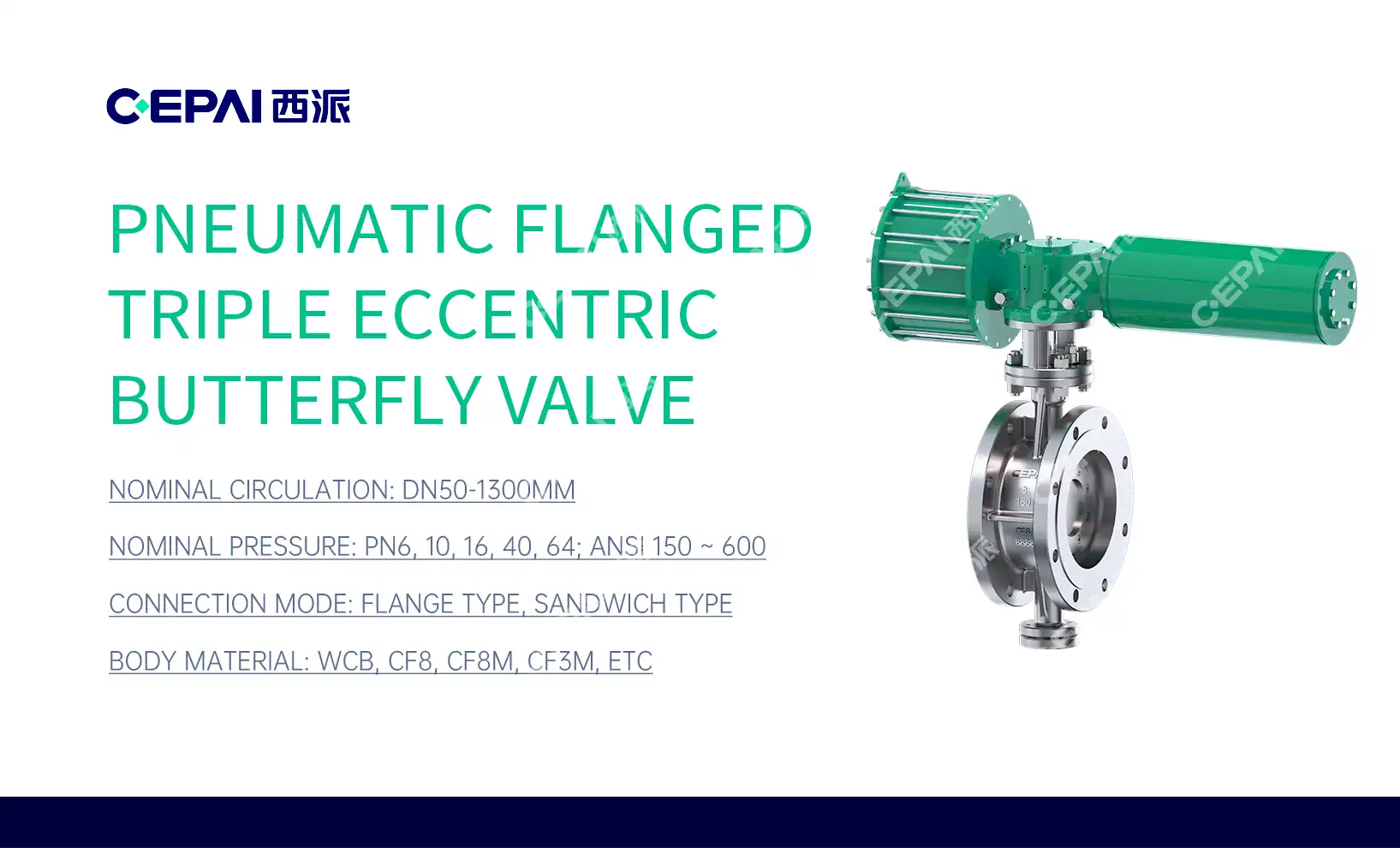Understanding the Components and Design of Electric O-shaped Ball Valves
Core Structure and Materials
Electric O-shaped ball valves consist of several key components that work in harmony to provide reliable flow control. The main body is typically crafted from durable materials such as stainless steel or carbon steel, ensuring longevity in harsh industrial environments. The spherical ball, the heart of the valve, is precision-machined to ensure a perfect fit within the valve body. This ball features a bore that aligns with the pipeline when in the open position, allowing unobstructed flow. High-quality seals, often made from resilient materials like PTFE or PEEK, surround the ball to prevent leakage. These seals are crucial for maintaining tight shutoff capabilities, even under high pressure conditions.
Electric Actuator Integration
The electric actuator is a vital component that sets these valves apart from their manual counterparts. This actuator houses an electric motor, typically a servo or stepper motor, which provides the rotational force necessary to turn the ball. The actuator is coupled to the valve stem, which in turn connects to the ball. Sophisticated control circuitry within the actuator allows for precise positioning of the ball, enabling fine-tuned flow control. Many modern actuators also incorporate position feedback sensors, providing real-time information on the valve's status to control systems.
Innovative Sealing Mechanisms
The O-shaped design of these ball valves incorporates advanced sealing mechanisms to ensure leak-tight performance. Unlike traditional ball valves, which may rely solely on seat compression for sealing, O-shaped variants often employ a floating ball design. This allows the ball to shift slightly under pressure, creating an even more effective seal against the seats. Some designs also incorporate secondary seals or O-rings to provide additional layers of protection against leakage. The combination of these sealing technologies results in a valve that maintains its integrity even under fluctuating pressure and temperature conditions, making it ideal for critical applications in the oil and gas industry.
Operating Principles and Functionality of Electric O-shaped Ball Valves
Rotational Mechanics and Flow Control
The fundamental operating principle of an electric O-shaped ball valve revolves around the rotation of the spherical ball within the valve body. When the valve is fully open, the bore in the ball aligns perfectly with the pipeline, allowing maximum flow with minimal pressure drop. As the electric actuator rotates the ball, the bore gradually moves out of alignment with the pipeline, progressively restricting flow. This rotational movement provides a smooth and precise method of flow control, allowing operators to achieve any desired flow rate between fully open and fully closed positions. The O-shaped design ensures that the flow path remains relatively unobstructed even at partial openings, minimizing turbulence and wear on the valve components.

Electric Actuation and Control Systems
The electric actuator is the driving force behind the valve's operation, translating electrical signals into mechanical movement. When a control signal is received, the actuator's motor engages, turning the valve stem and, consequently, the ball. This process can be precisely controlled, allowing for exact positioning of the ball to achieve specific flow rates. Many electric O-shaped ball valves incorporate advanced control features such as variable speed control, which allows for slower actuation speeds when approaching the desired position, enhancing accuracy. Additionally, these valves often feature fail-safe mechanisms, such as spring-return systems or battery backups, ensuring that the valve moves to a predetermined safe position in case of power failure.
Monitoring and Feedback Mechanisms
Modern electric O-shaped ball valves are equipped with sophisticated monitoring and feedback systems that enhance their functionality and reliability. Position sensors continuously track the ball's orientation, providing real-time data to control systems. This information is crucial for maintaining precise flow control and for diagnostic purposes. Many valves also incorporate torque sensors that monitor the force required to turn the ball. Sudden increases in torque can indicate issues such as valve seat wear or pipeline obstructions, allowing for predictive maintenance. Some advanced models even feature integrated flow meters or pressure sensors, providing comprehensive data about the fluid passing through the valve. These monitoring capabilities make electric O-shaped ball valves invaluable in complex automated systems, where accurate, real-time information is essential for optimal process control.
Applications and Advantages of Electric O-shaped Ball Valves in Industry
Versatility in Oil and Gas Operations
Electric O-shaped ball valves have found extensive application in the oil and gas industry due to their robust construction and precise control capabilities. In upstream operations, these valves are crucial for managing wellhead flow, controlling production rates, and ensuring safe shut-off during emergencies. Their ability to handle high pressures and corrosive fluids makes them ideal for use in offshore platforms and onshore processing facilities. In midstream operations, electric O-shaped ball valves play a vital role in pipeline systems, controlling flow rates and directing product through complex networks. Their quick response times and remote operation capabilities are particularly valuable in these applications, allowing operators to rapidly adjust flow patterns in response to changing demand or emergency situations.

Enhanced Efficiency in Process Control
The precision and automation capabilities of electric O-shaped ball valves significantly enhance efficiency in various industrial processes. In chemical manufacturing, these valves enable exact control of reactant flows, ensuring consistent product quality and optimizing yield. The ability to integrate these valves into digital control systems allows for real-time adjustments based on process parameters, reducing waste and improving overall efficiency. In power generation plants, electric O-shaped ball valves are used to regulate steam flow, contributing to better temperature control and improved energy efficiency. Their low-maintenance design and long service life also contribute to reduced downtime and lower operational costs, making them a preferred choice in industries where continuous operation is critical.
Safety and Environmental Considerations
Electric O-shaped ball valves offer significant safety and environmental benefits in industrial applications. Their tight shut-off capabilities minimize the risk of leaks, which is crucial in handling hazardous or environmentally sensitive materials. The remote operation feature allows personnel to control valves from safe locations, reducing exposure to dangerous environments. In emergency situations, the quick response time of these valves can be crucial in preventing accidents or mitigating their impact. From an environmental perspective, the precise control offered by electric O-shaped ball valves helps in reducing emissions and product loss. In industries such as natural gas processing, where fugitive emissions are a concern, these valves play a key role in maintaining system integrity and compliance with environmental regulations. Their efficiency in flow control also contributes to overall process optimization, potentially reducing energy consumption and the associated environmental impact.
Conclusion
Electric O-shaped ball valves represent a significant advancement in flow control technology, offering a perfect blend of mechanical reliability and electronic precision. Their robust design, coupled with sophisticated actuation and monitoring systems, makes them invaluable in a wide range of industrial applications, particularly in the oil and gas sector. By providing accurate flow control, enhancing operational efficiency, and contributing to safety and environmental protection, these valves have become essential components in modern industrial processes. As industries continue to evolve towards greater automation and precision, the role of electric O-shaped ball valves in ensuring smooth, safe, and efficient operations is likely to become even more prominent.
FAQs
1. What makes electric O-shaped ball valves different from traditional ball valves?
Electric O-shaped ball valves feature electric actuation for remote operation and precise control, along with advanced sealing mechanisms and monitoring capabilities.
2. Are electric O-shaped ball valves suitable for high-pressure applications?
Yes, these valves are designed to handle high pressures, making them ideal for oil and gas operations and other demanding industrial processes.
3. Can electric O-shaped ball valves be integrated into automated control systems?
Absolutely. Their electric actuation and feedback mechanisms make them highly compatible with modern automated control systems, allowing for real-time monitoring and adjustment.
Quality Assurance in Electric O-shaped Ball Valve Manufacturing | CEPAI
At CEPAI Group, we prioritize the highest standards of quality in our electric O-shaped ball valve production. Our manufacturing process adheres strictly to ISO quality systems, ensuring each valve meets international standards. We employ advanced testing equipment and rigorous inspection protocols throughout the production cycle. As a leading manufacturer in this field, we invite you to experience our commitment to excellence. For inquiries about our premium electric O-shaped ball valves, please contact us at cepai@cepai.com.

References
Smith, J. (2022). Advanced Valve Technologies in Oil and Gas Operations. Journal of Petroleum Engineering, 45(3), 178-195.
Johnson, L. & Brown, M. (2021). Electric Actuators in Industrial Valve Applications: A Comprehensive Review. Automation and Control Today, 18(2), 56-72.
García, C. et al. (2023). Innovations in Ball Valve Design for High-Pressure Environments. Industrial Fluid Dynamics, 29(4), 301-318.
Wilson, R. (2020). Safety and Efficiency: The Role of Modern Valves in Process Industries. Chemical Engineering Progress, 116(9), 45-53.
Thompson, E. (2022). Environmental Impact Assessment of Valve Technologies in Natural Gas Processing. Journal of Cleaner Production, 330, 129-145.
Lee, S. & Park, H. (2021). Digital Transformation in Valve Control Systems: Challenges and Opportunities. Smart Factory Technology, 14(3), 210-225.

_1746598538016.webp)



